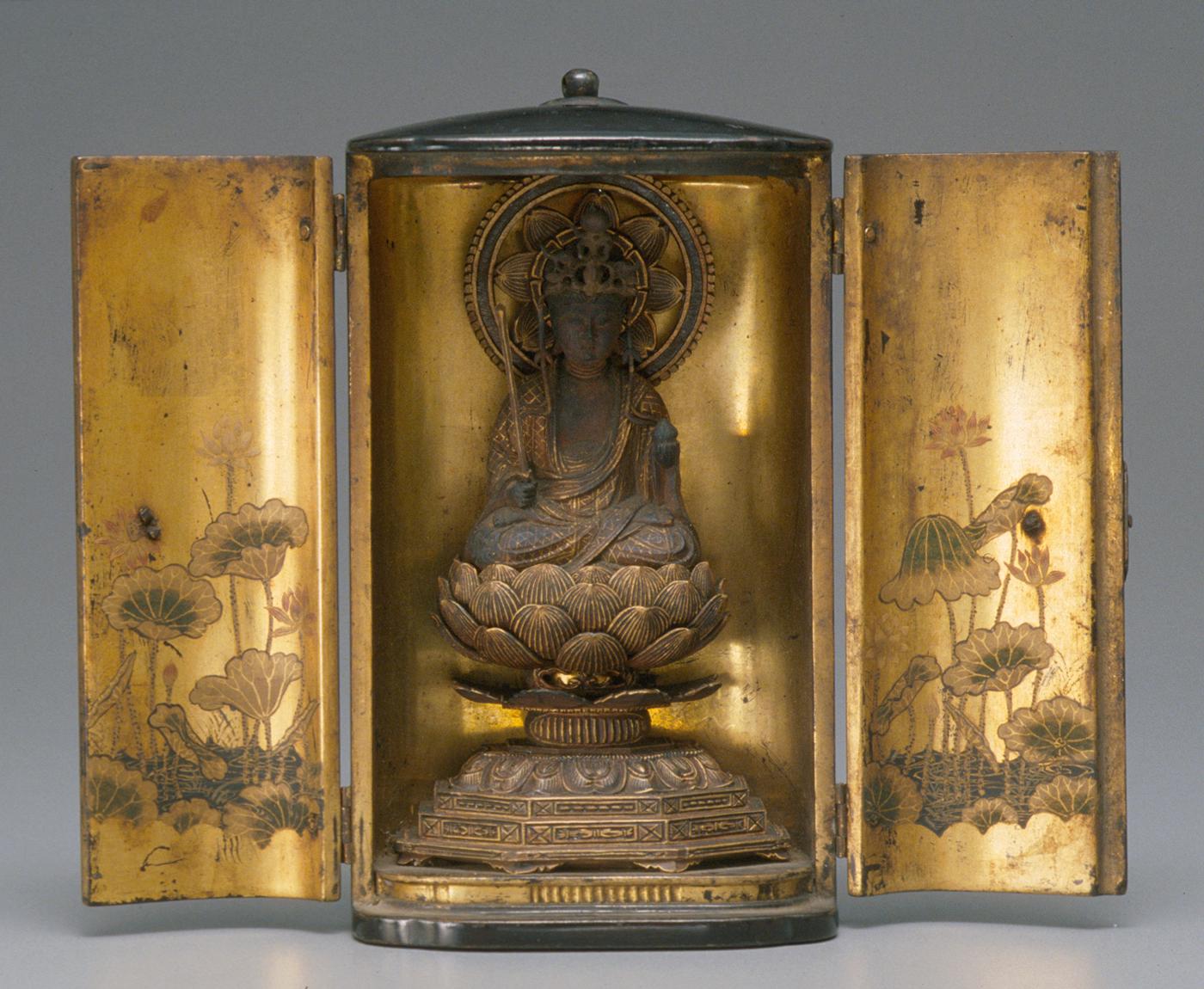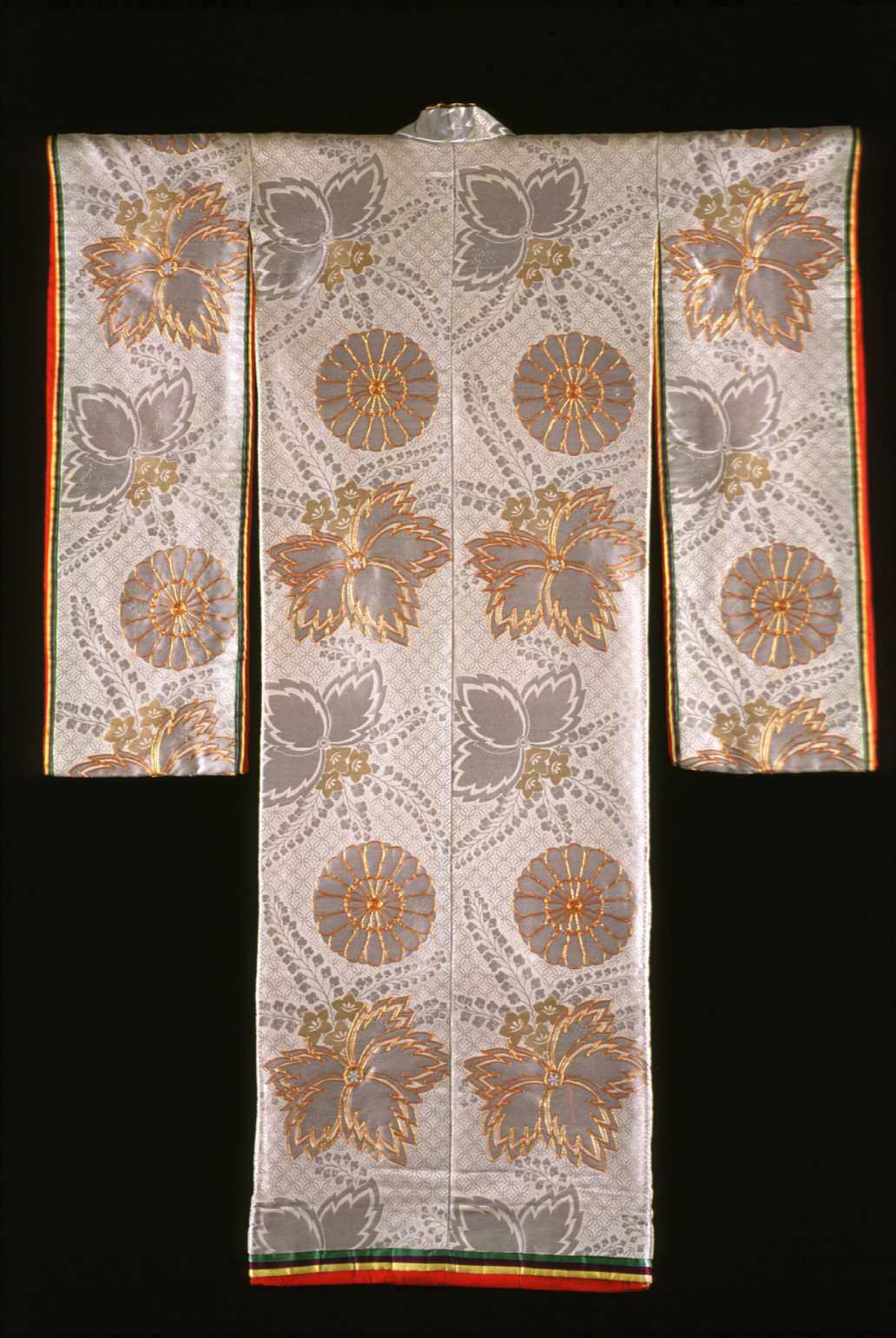SAM Art: Going for Gold is shimmering away
Gold has been a shimmering presence in art across cultures and time. When the first metals were unearthed by humans around 5000 b.c., gold was valued for its rarity and lustrous color. Today, gold is prized as both investment and adornment, with fifty percent of the world’s consumption of this rare substance being made into jewelry. The rarest of all metals, gold has unique properties. It is chemically inert so it remains stable and does not oxidize or degrade, even if buried in a tomb or sunken in a shipwreck. Gold is also dense—a cubic foot weighs half a ton—but is so malleable that it can be stretched into threads to be woven into textiles or hammered into thin sheets to be applied as gilding.
The dazzling art on view in Going for Gold offers a rare opportunity to appreciate gold in all its beguiling aspects. This exhibition closes on Sunday, 8 December.

